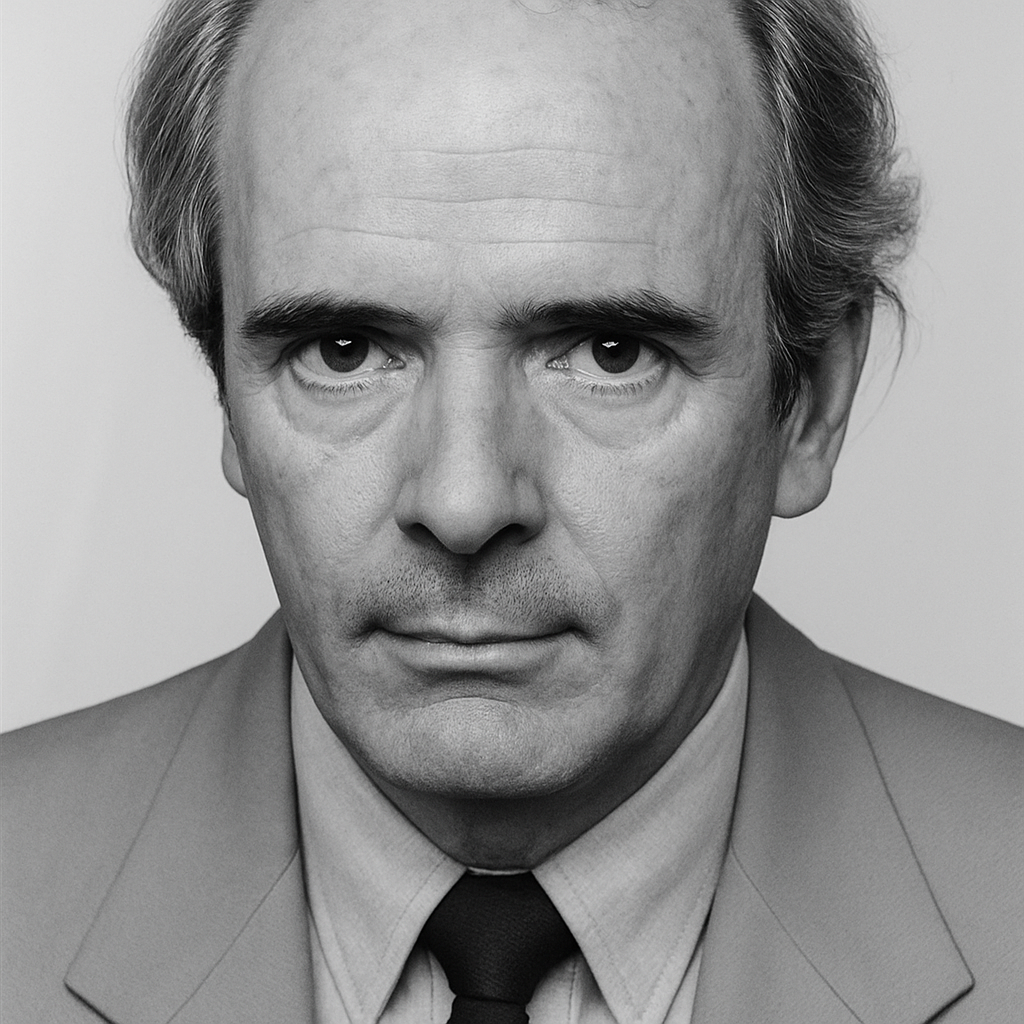


Bienvenidos a mi página web
Estimados amigos y lectores, estos son los pasos de mi camino que he hecho al andar, y el sendero que no volveré a pisar. Yo no perseguí la gloria, pero no sé si la gloria me perseguirá a mí. Le dejo esta luz en las tinieblas por si me quiere encontrar.